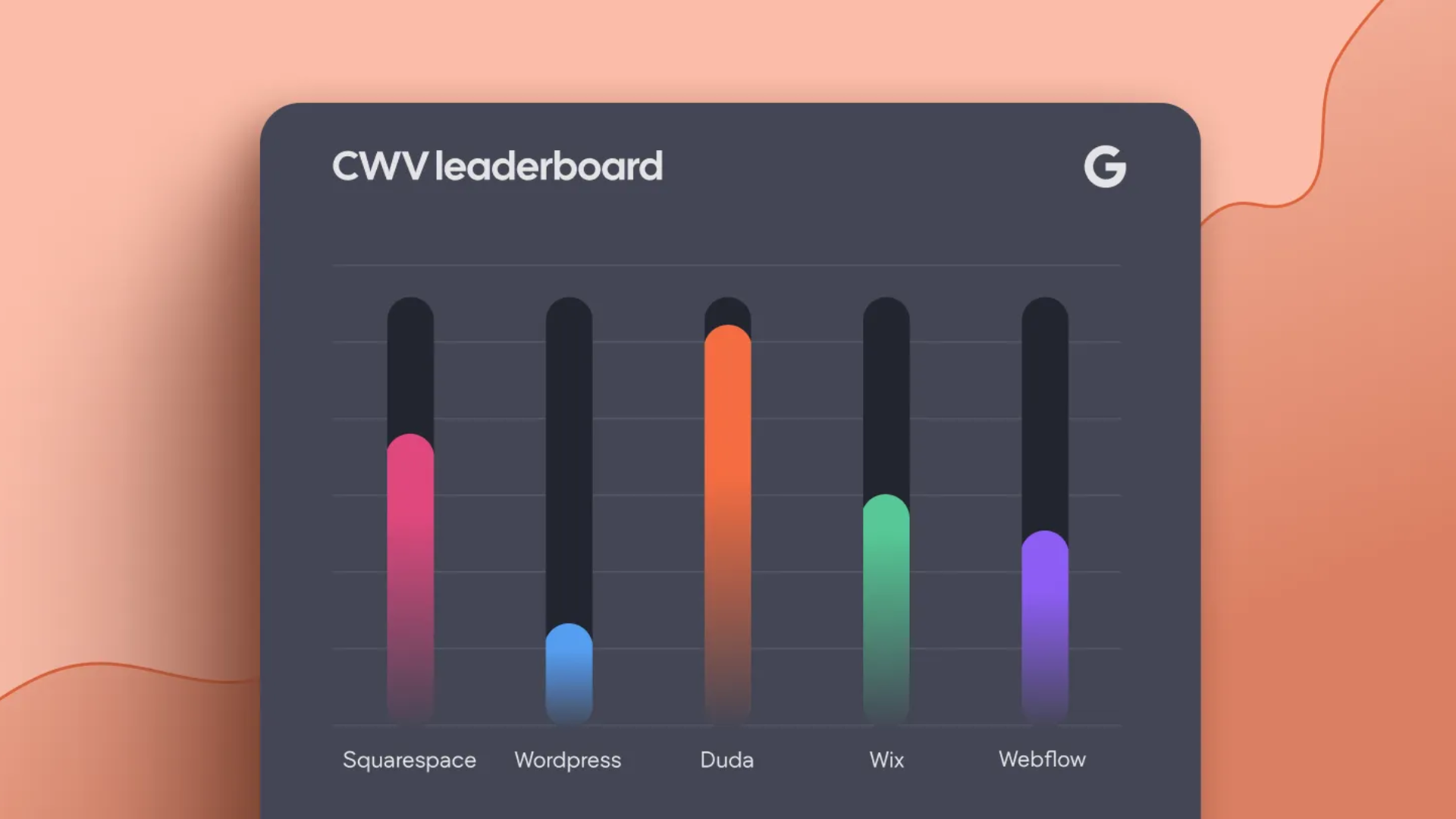Mastering INP: Elevating Your Website's Responsiveness
Optimising Core Web Vitals for Seamless User Experiences

Google made a significant update to their Core Web Vitals metrics on March 12, 2024, unveiling Interaction to Next Paint (INP) as a replacement for First Input Delay (FID). If you're not familiar with these terms or the Core Web Vitals initiative, we've got you covered with a detailed primer. Essentially, both FID and INP gauge the responsiveness and interactivity of a website, aiming to quantify its user experience quality.
Good FID or INP scores translate to a website feeling "fast" and "snappy," while poor scores result in descriptions like "sluggish" and "laggy." Fundamentally, these metrics measure the time between user interaction and website response. However, it's crucial to note that while similar, FID and INP are not identical metrics.
INP: Improving Responsiveness
INP marks a significant improvement over FID, addressing known limitations. Unlike FID, which only accounts for the initial user interaction, INP considers all interactions, providing a more comprehensive view of user experience.
For those keen on technical details, web.dev offers an excellent breakdown of INP. Google's motivation behind this change is clear: INP offers a more accurate reflection of overall user experience. A website where all interactions are swift and responsive outperforms one where only the first interaction is prioritized.
Responding to the Change
Google's announcement spurred our team at Duda into action. Given that Duda customers rely on us for top-notch Core Web Vitals, we swiftly optimized our platform for this new metric. Leveraging Google Chrome's Dev Tools, our engineering team meticulously analyzed INP metrics across numerous Duda websites, identifying common issues ripe for improvement.
Amir Glatt, Duda's co-founder and CTO, elaborated on the technical adjustments made: "Transitioning from JavaScript-based animations to native CSS, optimizing calls to analytics libraries, and reallocating heavy processes to separate threads significantly improved main thread blockage." These strategic optimizations not only enhanced INP scores across all Duda sites but also improved the end-user experience, maintaining our industry-leading Core Web Vital scores.
Staying Ahead with Duda
For those building websites with Duda, the transition to INP is more of an interesting update than a cause for concern. Our engineering team continually optimizes the underlying technologies to ensure optimal Core Web Vital scores, including INP. You can verify this yourself using Google's PageSpeed Insights tool, which now incorporates the INP metric.
While the majority of Duda-built sites currently rank as "Good" across all Core Web Vital metrics, some may require additional optimization, particularly those using proprietary code or custom widgets.
Optimizing Widgets for INP
Before overhauling your widgets, verify whether your website is truly underperforming by analyzing real-world data from PageSpeed Insights. If optimization is necessary, identifying the INP bottleneck is crucial. Google provides detailed instructions, though it's a complex task.
If you have a manageable number of custom widgets, testing each one individually might be more practical. Focus efforts on custom or third-party JavaScript code, especially elements with expensive event callbacks or long delays between input and callback.
Moving Forward
If Core Web Vitals concern you, it's likely you're invested in your site's overall SEO performance. While these metrics play a significant role, they're not the sole determinants of ranking. Factors like image alt-text, meta titles, descriptions, and site content also influence ranking, areas where our AI Assistant can assist.
Rest assured, we've got your Core Web Vitals covered. Explore our SEO-focused webinars to discover additional strategies for boosting your clients' SERP rankings.
For those eager to delve deeper into INP, watch our webinar "FID to INP: Mastering the New Core Web Vitals Metric" featuring Duda's co-founder and CTO Amir Glatt, along with SEO experts Franco Valentino and Kristine Schachinger.




